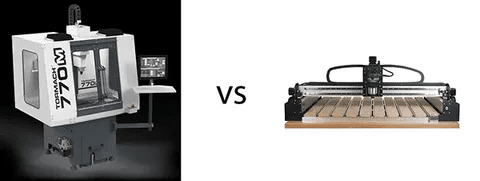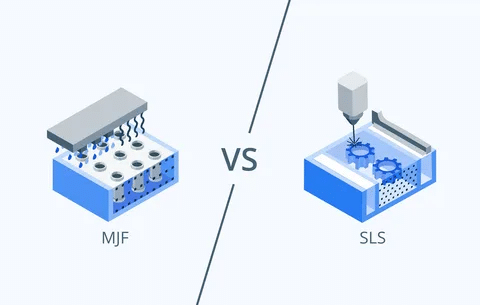ประเภทของการหล่อ: คู่มือฉบับสมบูรณ์เพื่อความเป็นเลิศด้านการผลิต
The process of casting is a core manufacturing process whereby molten material is poured into the mold cavity to obtain complex shapes and component fabrications. The book is a thorough explanation of the ten primary types of casting most others you’ll hear or read about; all the way down to that familiar sand casting most people are used to, to the new and intriguing squeeze casting with its extensive possibilities. You will need to know them whether in the automotive industry, aerospace industry, medical device manufacturing or even machining as you will be in a position to know exactly which casting process will best suit your needs taking into consideration the issue of costs, accuracy, finish and volume of your job.


